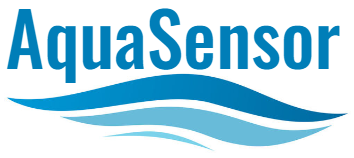- All aquatic organisms – not just fish, but any aquatic invertebrates and plants, need dissolved oxygen to respire aerobically. Reduced DO (dissolved oxygen) levels cause stress, stunted growth, and eventually mortality.
- If you wish to know the quality of the water, DO is a key indicator of that quality. High levels of organic pollution – typically waste water discharge from sewage outlets or even agricultural runoff, increase microbial activity, which uses up large amounts of DO during decomposition – the lower the DO level, the higher the organic pollution.
- A process called eutrophication, or excessive nutrient discharge, can be caused by nitrogen and phosphorus salt discharge from farms or even urban areas. This encourages massive algal growth, which itself consumes excessive DO as the algae decompose. If we know the DO levels, and it’s decreasing, we can act to stop it.
- Increased heat levels due to climate change affects all of us on dry land, and it also affects our rivers and lakes. Temperature and DO levels are negatively correlated – by which I mean as temperature of water goes up, the levels of dissolved oxygen go down. The river Derwent is fed by Ladybower, so this large body of water tends to keep the rivers upper reaches quite cool. But as soon as river temperatures reach a moderate level – about 18 to 20 degrees centigrade – the low level of DO in the river can cause immense stress to fish and other aquatic life. Temperatures in the Derwent recently climbed up to 16 degrees C, during the recent hot spell this year alone – hopefully we don’t see the temperature highs reached in Southern Europe. A normal water temp at this time of year is around 12 degrees. So DO is directly affected by climate change too.
If we monitor dissolved oxygen levels in our rivers and lakes, we can obtain excellent information about both our climate, and the ecological affects from pollution related to sewage outlets, and chemical nutrients. Data from this can feed into real implementation measures to counter these effects in time, and if we monitor enough points on a river system for instance, can lead to actual prosecution of the companies or landowners causing this, by pinpointing the pollution source.
Author: Paul Wheway, Consultant in cyber security, and network systems – specialising in river and water system security
